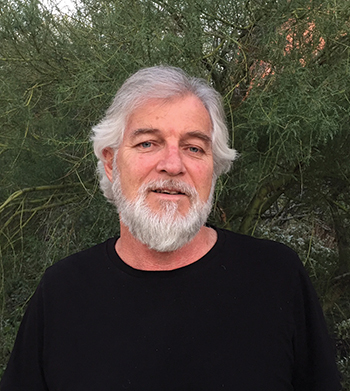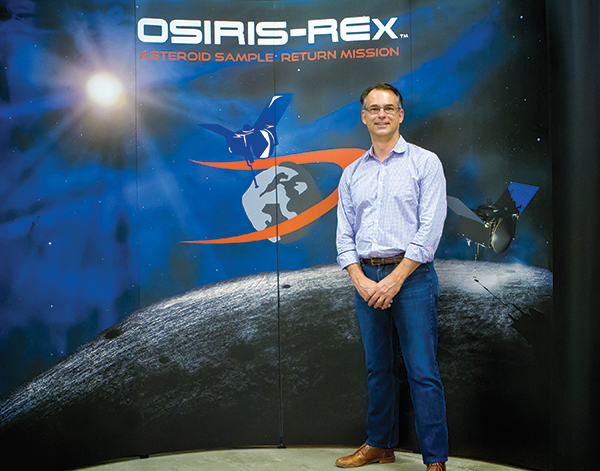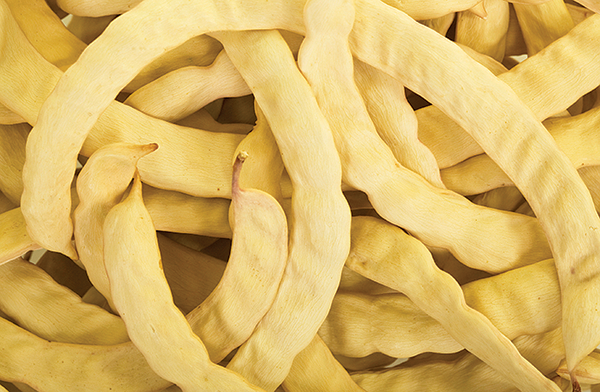Tucson’s Inaugural 10 West Festival
 An Innovative Way to Drive Economic Development
An Innovative Way to Drive Economic Development
This month, Tucson creators and entrepreneurs come together for the first ever “10West Festival,” a new and innovative approach to fostering a creative and technological environment in Tucson, with the goal of attracting and retaining talent in Southern Arizona.
To learn more about the festival, Zócalo reached out to Greg Teesdale, Executive Director of 10West. In addition to 10West, Greg delivers curriculum to Startup Tucson accelerator and incubator programs as well as provides senior executive leadership to Startup Tucson. He is a member of the Desert Angels and also the Chief Financial Officer of Tempronics, a local growth stage technology company and a Desert Angels portfolio company.
Z: Please tell us about 10West and what you hope to accomplish during this inaugural event.
GT: Central to our mission at Startup Tucson is driving economic development in southern Arizona by fostering the entrepreneurial ecosystem, creating an environment where technologist and innovators can develop their ideas into real businesses and hold events, like 10West, that reflect these goals.
We describe 10West as the 20-40 year old demographic, the streetcar line geographic and the October 18-24 chronologic. This is the foundation year for an event that will ultimately be identified with Tucson and Southern Arizona on an international level.
The biggest challenge in this inaugural year has been gaining widespread recognition and endorsement of the event. The most important measure of success this year will be in attendance and we’re shooting a combined 5,000 – 10,000 people across all the events. Thinking long-term the true test will be how well we attract and retain talent in Southern Arizona.
Z: Can you describe the three organizational tracks the festival is focused on, why they were identified as such, and their importance to our region?
GT: 10West has been shaped to address the long-term goal of attracting and retaining talent in southern Arizona. When one believes that Southern Arizona is the place to achieve their desired life-work balance they will build careers and chase their entrepreneurial dreams here. The 10West technology track features workshops, panels and talks on cutting edge topics like 3D printing, virtual reality and the internet of things while the entrepreneurship track has sessions on building a company, access to capital and the many skills essential to every entrepreneurs’ toolbox. The 10West creative track addresses the live part of live-work with network mixers, music and entertainment as well as programming on the business of entertainment. Combined, these events are intended to attract the demographic that will be deciding their future.
Z: How is Tucson or Southern Arizona different from other regions in terms of our innovative and creative environment? What sets us apart?
GT: Southern Arizona has a number of features – a great university with a technology transfer agenda, a vibrant arts district, formation capital and, of course, the weather – that are important factors in attracting and retaining businesses and talent. The business community has to continue to get better at leveraging these features. The one thing that is unique to southern Arizona is the proximity to Mexico. There are great cross-border things happening and I’m seeing a noticeable up-tick in those activities. You’ll hear this theme echoed in the words and initiatives being promoted by Ricardo Pineda at the Mexican Consulate, Sandra Watson at the Arizona Commerce Authority and Denny Minano at Sun Corridor. It is no coincidence that these organizations are active supporters of 10West.

Greg Teesdale, 10West
Z: What is it going to take to jumpstart a Tucson economic boon, centered around technology, innovation, and creativity?
GT: A common saying in the national startup scene is that you have to take a twenty-year view and every day we start a new twenty years. While there’s great appeal to the idea of a magic bullet that will “jump start” economic development, success or more likely defined by a long list of small wins. We’re seeing those kind of small wins every day. And it takes the cooperation and participation of the collective stakeholders to keep these wins coming.
Z: How did 10West come about? What was the inspiration behind the creation of this festival?
GT: There are two key events in 10West that are the foundation of 10West. IdeaFunding was founded 19 years ago by Larry Hecker, a local attorney and active member of the business community. The Desert Angels, the local angel investor group, is the 3rd most active angel group in the US and the host of the Southwest Regional Angel Capital Conference. The organizing groups around these events felt there was an opportunity to leverage these events into something bigger and broader.
Last February we kicked this thing off at the Startup Tucson offices. We didn’t have a name, a mission, a logo or a website. The themes (technology, entrepreneurship, creative class) and definitions (demographics, geographic, chronologic) were all decided early on and we went from there.
Z: What are some of the highlights of the event?
GT: If we’ve done this right the highlight of the event will be different for everybody. It’s important to us that 10West be viewed in its entirety and not defined by any individual series of events. Even the events that get the best attendance may not be the most important in the long run. Having said that, the 19th year of IdeaFunding has to stand out. Larry Hecker’s vision continues to inspire. The technology and entrepreneur workshops and panels are at the heart of the mission. The Connected Communities Forum on Monday represents the confluence of technology and public infrastructure and will give us insights into how the Tucson of the future will look and feel.
Z: How is 10West being funded?
GT: 10West is being funded by a variety of financial sponsors from the community including the Arizona Commerce Authority, Research Corporation for Science Advancement, New York Life, the Desert Angels and many others. In addition we are receiving in-kind sponsorships from our partner organizations such as Hotel Congress, Rialto Theatre, Tucson Museum of Art, Connect Coworking and many others. Finally we have a number of media sponsors including this magazine, Clear Channel Outdoors, Arizona Daily Star, AZ Bilingual and many others.
Z: What are your plans for subsequent festivals?
GT: During 2015 we have answered the question “What is 10West?” We intend to build on name recognition and the goodwill of all of those involved to grow and broaden our reach. Over time we expect to grow regionally, nationally and internationally. We’ve engaged the Hispanic community and expect those connections to draw attendance from Sonora and points south. There are other legacy October events that may be brought under the 10West umbrella provided they fit the mission of the festival. 10West 2016 is scheduled for October 16-22.
Z: Anything else you would like to add?
GT: There is a lot of support for 10West but, more importantly, there’s even more support for the things that 10West represents.
10West takes place in Downtown Tucson, October 18-24th. For information, including a complete schedule of events, please visit www.10west.co




 Plant, Harvest, Mill, and Celebrate Wild Abundance Before the Rains
Plant, Harvest, Mill, and Celebrate Wild Abundance Before the Rains
 e (Chax) and a member of Kore Press.
e (Chax) and a member of Kore Press. 
 by Cristina Manos
by Cristina Manos
 Managing an art studio tour is a lot of work. There’s a lot of paperwork. There are phone calls—endless phone calls—and accounts to manage. There are ads to write, design, and place, and listings upon listings to build, check, correct, and recheck. And then there’s the press to deal with. Ugh. Endangered Architecture’s Dirk Arnold is a local artist, and he handles most of the logistical stuff for the Tucson Artists’ Open Studio Tour singlehandedly every spring. Add to that a recent bout of the flu, and it’s little wonder why he forgot—or else simply failed to notice—that 2015 marks his tenth consecutive year as the primary champion and coordinator for the much-anticipated annual community arts event.
Managing an art studio tour is a lot of work. There’s a lot of paperwork. There are phone calls—endless phone calls—and accounts to manage. There are ads to write, design, and place, and listings upon listings to build, check, correct, and recheck. And then there’s the press to deal with. Ugh. Endangered Architecture’s Dirk Arnold is a local artist, and he handles most of the logistical stuff for the Tucson Artists’ Open Studio Tour singlehandedly every spring. Add to that a recent bout of the flu, and it’s little wonder why he forgot—or else simply failed to notice—that 2015 marks his tenth consecutive year as the primary champion and coordinator for the much-anticipated annual community arts event. HUB Ice Cream Factory to Open in Spring at 245 E. Congress
HUB Ice Cream Factory to Open in Spring at 245 E. Congress



Also find us on...